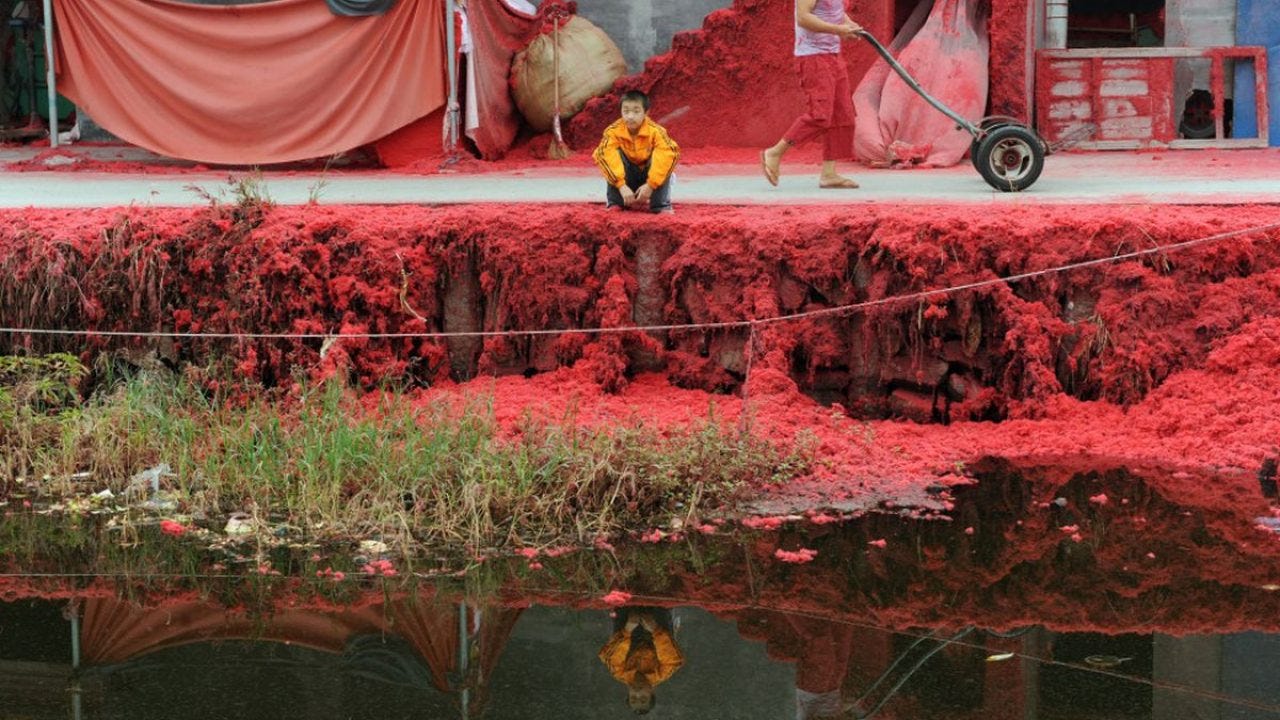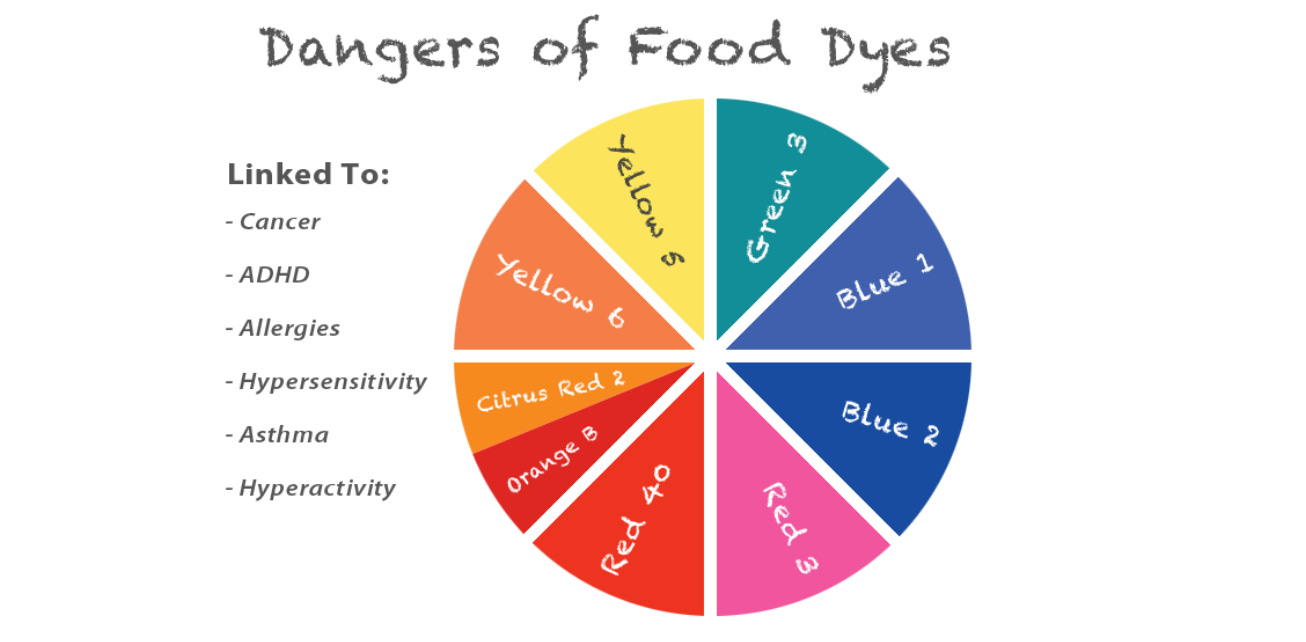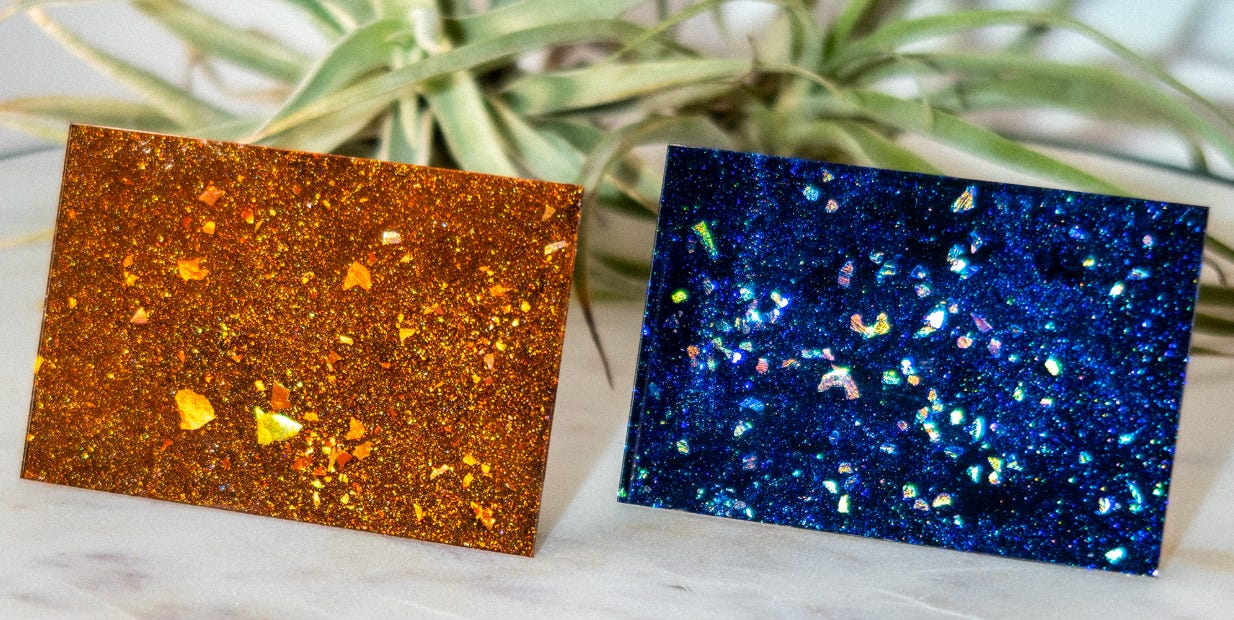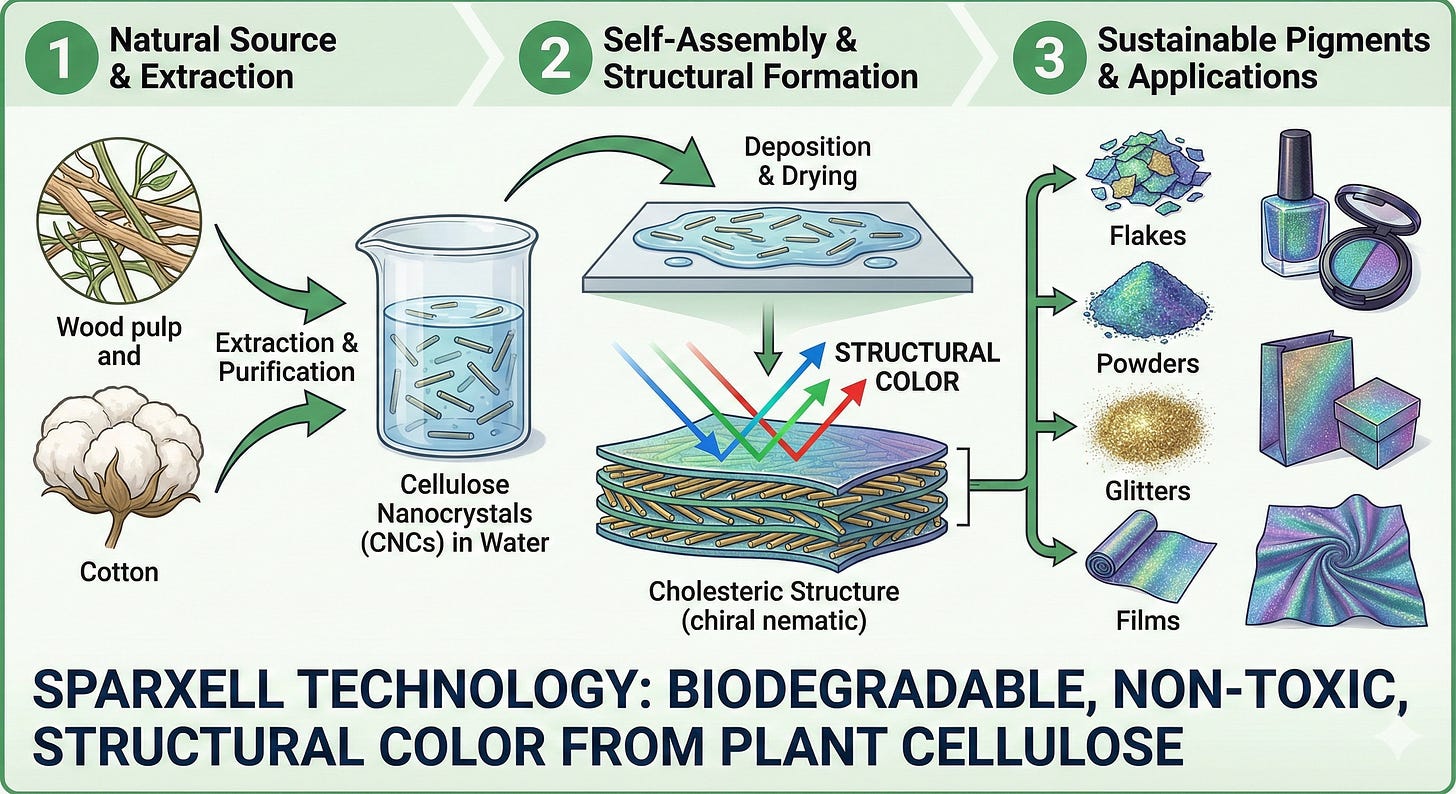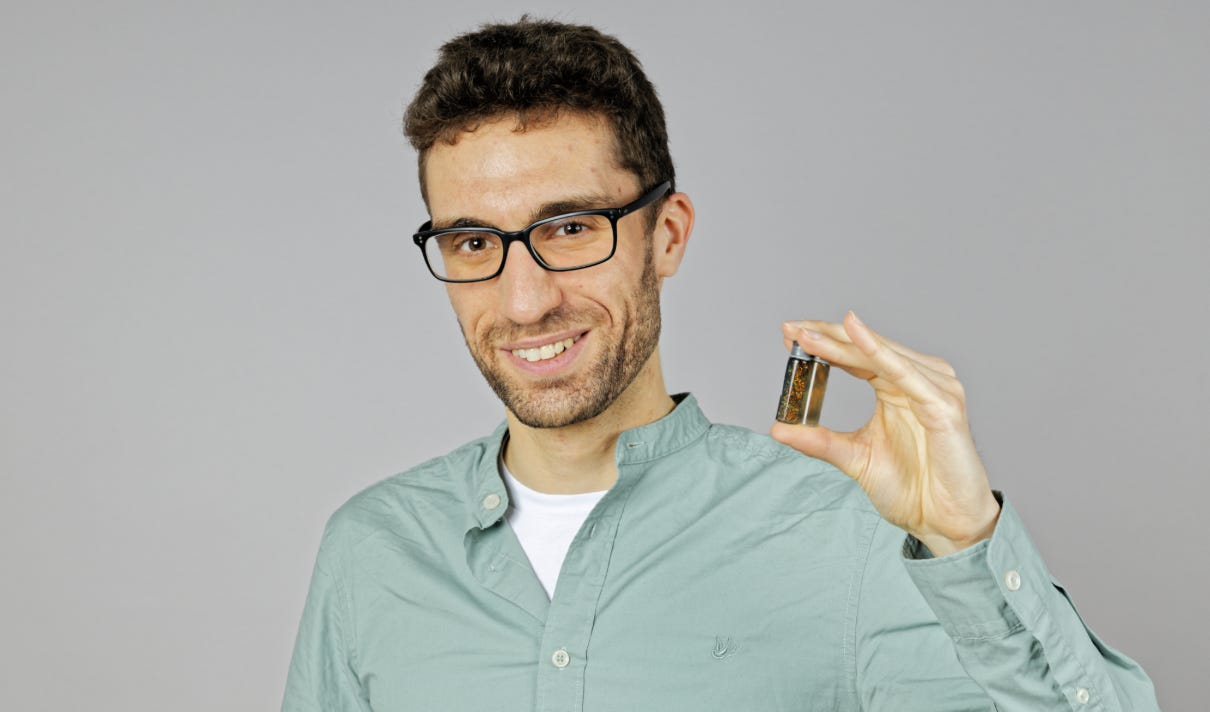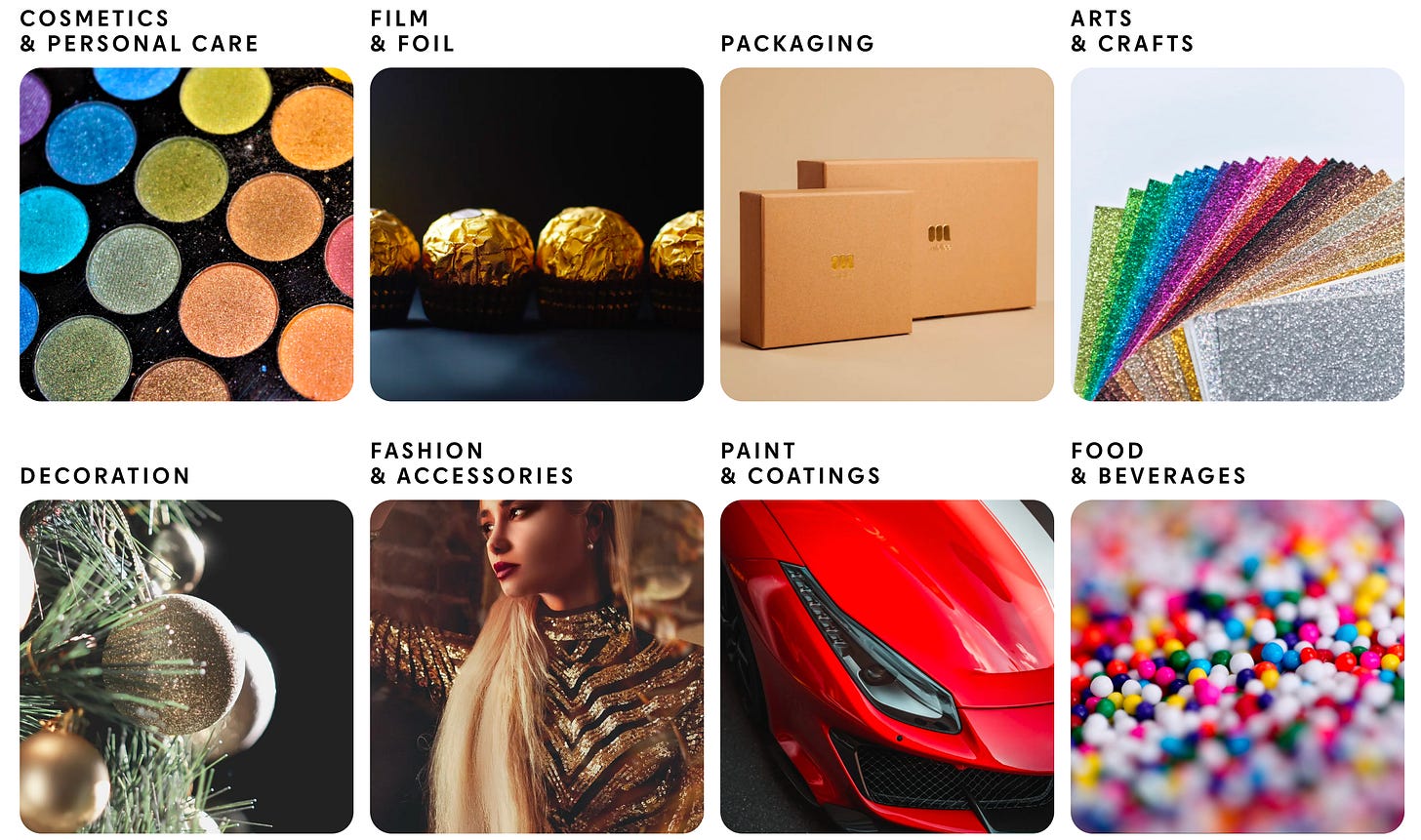#84 Sparxell
The future of color
Read time: 5 minutes
Hi, I’m Javi Gascón.
This is Climate Tech Distillery, a newsletter where I talk about one specific climate tech company every week.
Today we’ll distill the company behind the world’s first 100% natural, biodegradable and high performance colors for all industries: Sparxell 🇬🇧
Shoutout to my friend Hugo Rauch at New Wave, the only podcast you need to keep up with Europe’s climate-tech VC world.
Available on Substack, YouTube, Apple Podcasts, and Spotify.
Want to sponsor Climate Tech Distillery? Here’s all the info.
What Problem Does Sparxell Tackle?
They deal with the problems of toxic chemical and plastic pollution from synthetic colorants in industries such as fashion, cosmetics, food, packaging, paint, etc. It’s a big deal:
1. Toxic Dye Pollution: Over 1.5 million tonnes of dyes and microplastics from colorants enter the environment annually, many taking more than 500 years to degrade. They contain harmful heavy metals like lead and chromium.
2. Fossil-based: The color/pigment industry uses more than 10,000 fossil-based chemicals in coloration and contributes around 500 million metric tones of global greenhouse gas emissions each year (1% of global GHG emissions).
3. Health Risks: Titanium dioxide, used in 70% of pigment production worldwide, has been classified as a “possible carcinogen” by the International Agency for Research on Cancer. No wonder synthetic dyes, especially in food and cosmetics, are being banned due to health concerns.
4. Water & Energy: Conventional pigment and color manufacturing and applying requires crazy amounts of water and energy. In fashion alone, one tonne of fabric can require up to 200 tonnes of water during the dyeing process.
5. Shady Supply Chain: The pigment industry’s complex supply chains make ethical sourcing nearly impossible to verify, allowing child labor and exploitation to remain hidden.
Product / Service 📦
They make the world’s first 100% plant-based, high-performance pigments. Making color without colorants!
Biomimicry Tech: Inspired by butterfly wings, they extract cellulose nanocrystals from wood pulp that self-assemble into microstructures reflecting vibrant colors. No dyes, just physics and plants.
The Process: The cellulose crystals are dispersed in water, then dried into an iridescent film. By controlling how densely the crystals pack, they can produce any color in the spectrum. The film is then ground into pigments, glitters, etc.
Versatility: They offer top quality pigments, pearls, glitters, sequins, inks, films, and foils. All from the same concept. It works for existing supply chains in food, fashion, cosmetics, packaging, you name it! Extremely customizable to client specifications.
Durability: Unlike traditional natural dyes that degrade, structural colors don’t fade. The same principle keeps century-old butterfly specimens vibrant in museums.
Impact: 0 toxicity and totally safe for humans, 100% recyclable, fully biodegradable, extremely low impact on nature, 100% natural and sustainably manufactured. You get the point.
Market 🌐
The global colourants market is worth around $48 billion (2024) and is projected to grow to over $100 billion by 2030. Though the natural segment is under 1% of the total market, it’s growing much faster. That’s due to regulations (climate impact, health risks, etc.), consumer demand, and big brand investments.
Other Key Players
Nature Coatings 🇺🇸: Black pigments sustainably sourced from certified wood waste to replace carbon black in all industries.
Colorifix 🇬🇧: Develops biological dyeing technology using engineered microbes to produce sustainable, non-toxic textile colorants.
Sparxell’s structural color tech is just way more scalable and broadly applicable.
Founding Story 🦄
Sparxell was launched in Cambridge (UK) in 2023 by Dr Benjamin Droguet and Professor Silvia Vignolini.
Droguet, a materials scientist specializing in bio-inspired photonics, worked within Vignolini’s bio-inspired photonics research group at the University of Cambridge, where they developed industrial machinery to recreate nature’s structural coloration principles.
Once they proved the tech worked and realized how big the color market was, the company spun out of the university and they started looking for investment.
In 2024 they raised a $3.2 million seed round and secured a €1.9 million grant from the EU. They’re now part of LVMH’s prestigious La Maison des Startups accelerator program and they are now producing prototypes for partners in various industries.
Top Impact Stats 📈
There are still no precise numbers published but it is estimated their colors achieve 5x less CO₂e emissions, 90% less water usage, and 70% less energy usage compared to traditional colors.
Avoiding the usage of 10,000 different chemicals and all the bad stuff that comes with them.
The only 100% natural alternative to synthetic pigments, mined metals & minerals, and microplastic products.
Whenever you’re ready, there are 2 ways I can help you:
Scale and optimize your climate business: Automation and AI systems for climate/impact companies so they can free up time, scale their revenues and cut their costs.
Give visibility to your climate company: Get your company in front of an audience of thousands of climate players and enthusiasts by sponsoring newsletter issues and LinkedIn posts.
Thanks for reading today’s issue! If you liked it feel free to hit the ❤️ button and share it with someone who might like it too. See you next Saturday:)




